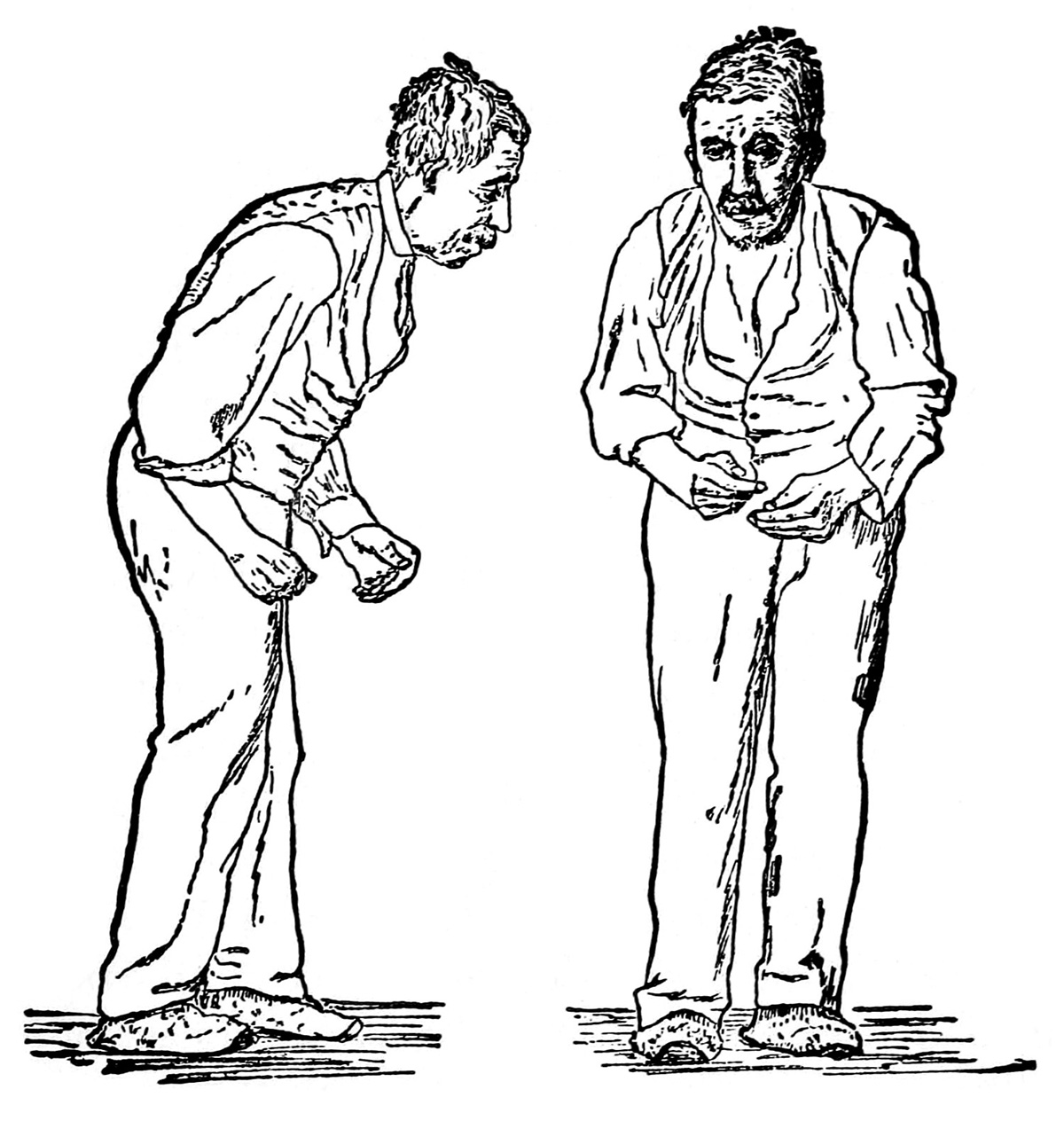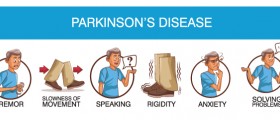
Parkinson’s disease is a degenerative disorder affecting the central nervous system. This disease typically occurs when the dopamine-containing cells in one region of the midbrain, start dying. People affected with Parkinson’s disease usually manifest different movement-related symptoms such as slow movement, shaking, tremors, rigidity and difficulty moving. As the disease progresses, the symptoms may affect many other parts of the system, finally causing severe dementia, which is one of the most prominent symptoms of the disease. These patients typically suffer from various sensory and emotional problems, and their sleeping patterns are often disturbed. The English doctor James Parkinson, who wrote a first essay on what he called “Shaking Palsy”, first recognized this serious disease. Public awareness day for Parkinson’s disease is celebrated all over the world, on the birthday of James Parkinson, on April 11, using a red tulip as a symbol. Famous people affected by this serious disease are Michael J. Fox and Muhammad Ali.Causes of Parkinson’s disease
The death of dopamine-containing cells in the brain occurs for yet unknown cause. In most of the cases, scientists are completely unaware what causes the disease. In some atypical cases, the cause may involve a genetic component. More precisely, changes in certain genes can be responsible for some cases of Parkinson’s disease. These changes can be inherited or caused by various environmental factors. Among the factors possibly responsible for this disease is exposure to certain pesticides and toxins. The search for the cause continues. In the meantime, scientists have discovered some typical changes in people affected with Parkinson’s. For example, these patients have a lack of dopamine, which serves as one of the brain’s chemical messengers. These patients also have low norepinephrine levels, which is necessary for regulation of the autonomous nervous system. Moreover, these patients typically have Lewy bodies in the brain, which are characterized as strange protein clusters.
Treatment of Parkinson’s disease
Treatments for Parkinson’s disease are focused on managing the early symptoms by using levodopa and dopamine agonists. However, at some stage of disease, these medicines are becoming ineffective and doctors typically continue the treatment using dietary and rehabilitation methods. Rehabilitation includes physical exercise, treatments of speech and occupational therapy. The dietary changes, on the other hand, are designed to avoid changes in the weight and minimize the effects of gastrointestinal dysfunction.
In severe cases, doctors may recommend surgery or deep brain stimulation to alleviate motor systems. However, surgery was a common practice before the levodopa was discovered. The promising new technique, currently researched on animal models, includes gene therapy, stem cell transplants and the use of neuroprotective agents.














-When-You-Have-Parkinson's-Disease_f_280x120.jpg)


Your thoughts on this
Loading...